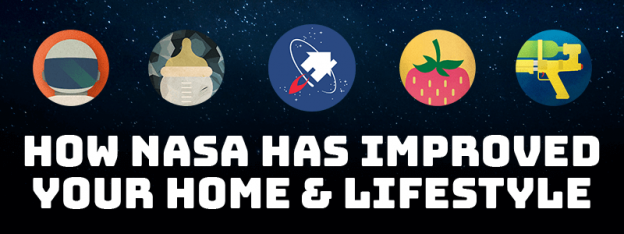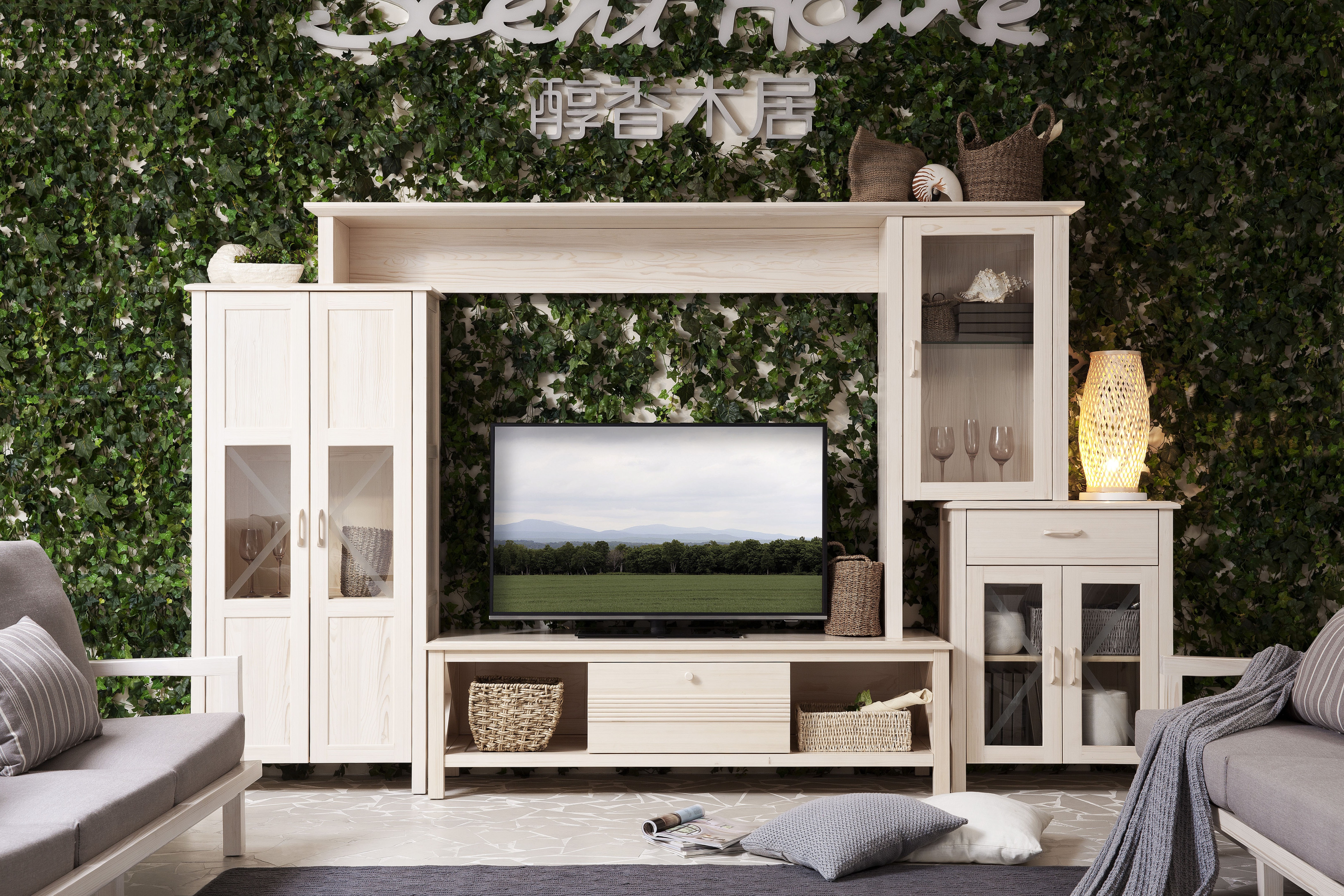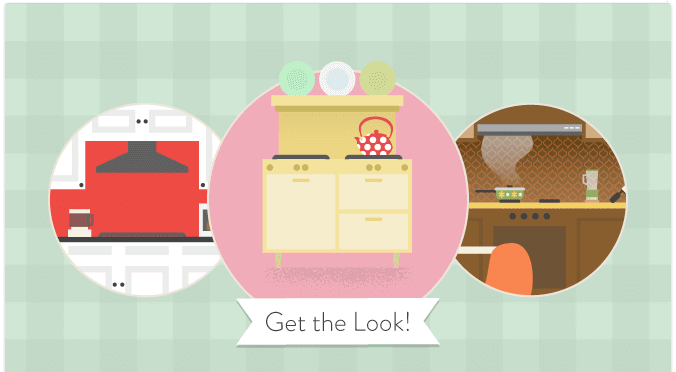Express Doors Direct ▸ Blog ▸ Home Improvements By NASA…Really?
Last updated on November 16th, 2022 at 04:10 pm
In our daily life we tend to take technology for granted. Many of us don’t give a great deal of thought to the origins of some of the items we use and even rely on day to day. Would it surprise you to know that space travel is responsible for plenty of these? Through travel, research and development, NASA has done a lot to improve our home and lifestyle. We’ve been on a mission to find out how. Take a look at these examples to discover for yourself…
Kitchen
The foods we eat, the ways we store food and the ways we prepare it may all have been influenced by NASA at some stage. Read on to learn more about how NASA has influenced our kitchen.
Enriched Baby Formula
NASA face the challenge of keeping their crews fed and healthy aboard extremely long missions. While developing life support for Mars missions, NASA-funded researchers discovered a fungi capable of synthesising two omega-3 fatty acids found primarily in breast milk.
These two omega-3 fatty acids play a key role in infant development, aiding mental development, learning ability, vision and maintaining heart health. They are now found in 90% of infant formula sold in the US and are added to baby formula in another 65 countries.
Food Safety
Getting sick in space is no joke! It’s not like you can pop to the pharmacy to get some pills. This is why in the 1960s, NASA teamed up with the Pillsbury Co. to create a new system of quality control in food and food processes, which eventually became the HACCP Food Safety Standards. The objective was to provide safe food for expeditions into space, but it soon became clear that the same principles were valid across the food industry. This became the basis of the food safety standards we all abide by today.
Freeze Drying
It’s a no-brainer – extended space missions require longer-lasting, nutritional food without the need for refrigeration. After plenty of research, NASA perfected the freeze-drying process, allowing food to be kept for weeks at 20% of its original weight whilst keeping 98% of its nutritional value.
Bedroom
Has NASA helped us sleep better? Probably! Their discoveries and inventions have even made it into the bedroom. Here’s how:
Memory Foam
During the 1960s, NASA were working on ways to absorb shock and improve comfort and protection of their aircraft cushions. This is where Temper foam (or Memory foam) was born. Since then it has been used for mattresses, helmets, cushions and even shoes to keep people across the globe more comfortable.
Household
Take a look around your house and you’ll discover some more NASA inventions you use each day.
Cordless Vacuum
Although cordless power tools were invented before involvement from NASA, their development of the technology may just have lead to the invention of the cordless vacuum cleaner. To collect lunar samples under the influence of reduced gravity, NASA contracted Black & Decker to create a vacuum drill. The tool had to be lightweight, powerful and compact; and paved the way for the cordless vacuum cleaner.
These are just a few examples of how NASA has improved our lifestyle. What could be next, and will we even know when NASA have been involved?
Brough to you by internal and external door experts, Express Doors Direct. Don’t forget to check out the full, interactive version of How NASA has Improved Your Home & Lifestyle.
Related Posts:









Shop bestsellers and see what's new in at expressdoorsdirect.co.uk/internal-french-doors



Make a note of these if you're planning on placing an order or contacting our team in the next few days.
Shop online at expressdoorsdirect.co.uk as usual and we'll pick everything up when we get back. Thanks!







































































